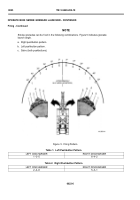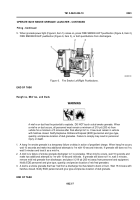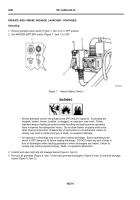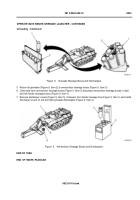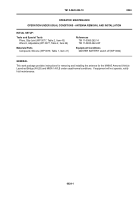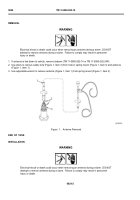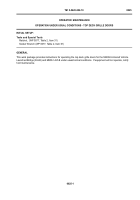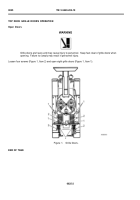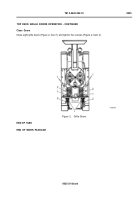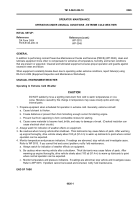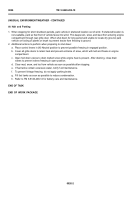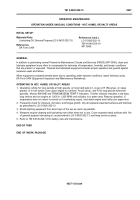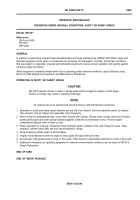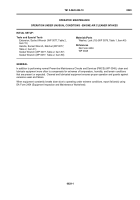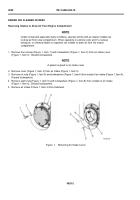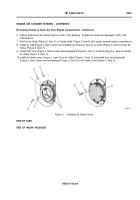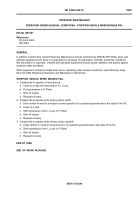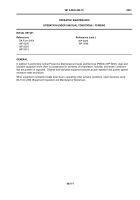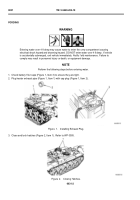TM-5-5420-202-10 - Page 181 of 535
TM 5-5420-202-10
0026
OPERATOR MAINTENANCE
OPERATION UNDER UNUSUAL CONDITIONS - EXTREME COLD WEATHER
INITIAL SETUP:
References
TM 9-6140-200-14
DA Form 2404
GENERAL
In addition to performing normal Preventive Maintenance Checks and Services (PMCS) (WP 0048), clean and
lubricate equipment more often to compensate for extremes of temperature, humidity, and terrain conditions
that are present or expected. Cleaned and lubricated equipment ensures proper operation and guards against
excessive wear and failure.
When equipment constantly breaks down due to operating under extreme conditions, report failure(s) using
DA Form 2404 (Equipment Inspection and Maintenance Worksheet).
UNUSUAL ENVIRONMENT/WEATHER
Operating In Extreme Cold Weather
CAUTION
DO NOT suddenly move a sighting instrument from cold to warm temperatures or vice
versa. Moisture caused by this change in temperature may cause cloudy optics and rusty
internal parts.
1. Prepare equipment when scheduled for operation in extreme cold. Generally, extreme cold will:
a. Cause lubricant to thicken.
b. Freeze batteries or prevent them from furnishing enough current for starting engine.
c. Prevent fuel from vaporizing to form combustible mixture for starting.
d. Cause some materials to become hard, brittle, and easy to damage or break. (Cracked insulation can
cause electrical short circuits).
2. Always watch for indication of weather effects on equipment.
3. Be cautious when moving vehicle after shutdown. Thick lubricants may cause failure of parts. After warming
up engine thoroughly, drive vehicle slowly about 100 yd (91.4 m) to warm up lubricants to point where normal
operation can be expected.
4. Monitor temperature and pressure indicators. If readings are abnormal, stop vehicle and investigate cause.
Refer to WP 0015. If you cannot f
in
d and correct problem, notify f eld maintenance.
a. Always watch for indication of weather effects on equipment.
b. Be cautious when moving vehicle after a shutdown. Thick lubricants may cause failure of parts. After
warming up engine thoroughly, drive vehicle slowly about 100 yd (91.4 m) to warm up lubricants to point
where normal operation can be expected.
c. Monitor temperature and pressure indicators. If readings are abnormal, stop vehicle and investigate cause.
Refer to WP 0015. If problem cannot be located and corrected, notify f eld maintenance.
END OF TASK
0026-1
WP 0015
WP 0048
References (cont.)
Back to Top

